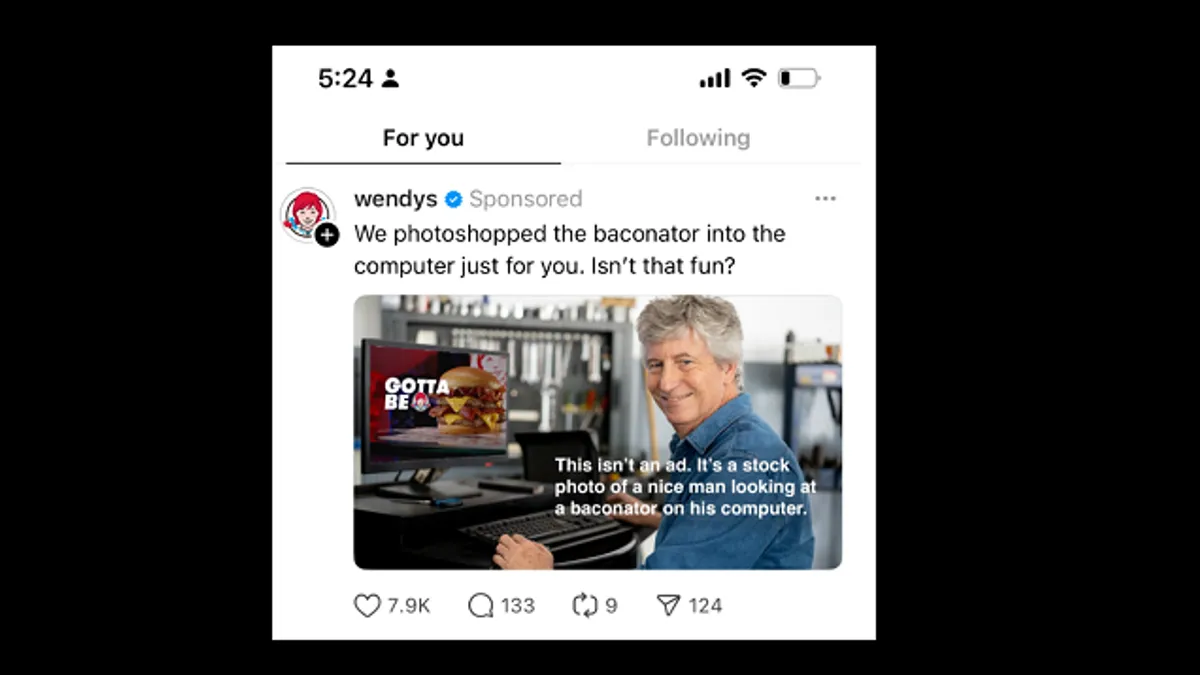According to a recent Duke University study, CMOs expect social media marketing spending to increase by 144% by 2019. Even though the study also said 50% of CMOs admit they struggle with showing the value of social media, its use is still on the rise.
To combat some of the problems with marketing on social media – namely measurement and targeting – the top platforms have been steadily releasing new features. Not all improvements are created equal, but here are five of the biggest changes to hit social media marketing in the past year.
1. Facebook ad targeting
Facebook’s biggest strength has long been its extensive user base and the data that comes with it. Last month, the social giant released new search functions and opened access to third-party targeting data in its "Partner Categories" for U.S. advertisers.
The move allows companies to target ads to more specific locations, interests, behaviors, and new demographics, like civil union and domestic partnership couples. Particularly useful to B2B marketers is the addition of the search function for job titles, giving recruiters yet another avenue for finding candidates.
Shortly after Facebook expanded third-party data access, the social network also released the “ad sets” function. Ad sets are an additional way to organize and target uploaded ads. Rather than having to target each ad individually or blanket the targeting across a large group of ads, ad sets allow marketers to upload a batch of ads and then separate them into specific sets. This seemingly minor move could end up saving marketers hours of work.
2. Pinterest Promoted Pins
Pinterest has been crazy popular since its debut just four years ago, but the site has only recently started to experiment with ad products. In October, the site launched "Promoted Pins" to a small group of advertisers. These sponsored posts look almost identical to users’ posts, but are labeled with a “Promoted Pin” tag and an information icon. So far, the process is still an experiment, but interested advertisers can sign up to receive announcements on Pinterest’s blog.
In another effort to develop quality ad products, Pinterest also released “Related Pins” in October. While not an ad product itself, the feature could gather certain data to be used in ad products. Users are shown pins that are supposed to be related to items they have already pinned, and they can then give the "Related Pins" a “thumbs up” or “thumbs down” based on how relevant the pin is to them. This data could be immensely valuable when Pinterest eventually launches its ad products full force.
3. LinkedIn's Sponsored Updates
"Native" may be the most-used term in advertising in the past year — and one of the least defined. The term has expanded to included a wide variety of ad types, but the general idea is that the ads fit into the site or platform among regular content rather than just sitting along the edge like display ads.
LinkedIn’s attempt to incorporate native advertising on its platform came last July in the form of “Sponsored Updates.” As with Twitter's "Promoted Tweets," advertisers can purchase these updates, which appear in the site’s news feed. They can be targeted to users based on location, profession, and industry. Brands that have already jumped on board include mostly B2B firms like Xerox, Hubspot, and Adobe.
4. Twitter’s Tailored Audiences
Ever since its IPO in October, Twitter has revealed an ongoing list of new features and functions to attract marketers. The main draw is perhaps the new “Tailored Audiences.” Officially launched in December, the tool gives advertisers more audience targeting options for "Promoted Tweets."
Since its launch in December, Tailored Audiences has already undergone some upgrades. In January, Twitter added the ability for marketers to match up their CRM email lists with Twitter users. Marketers can also build user lists divided by follower count, user bios, verified status, and/or past tweets.
Twitter works with a group of third-party partners to make Tailored Audiences possible. Last month, it rebranded its suite of partners into the Twitter Marketing Platform Program. In addition to API ad partners involved with tools like Tailored Audiences and Promoted Tweets, the Marketing Platform Program lists approved partners for measurement and targeting.
5. Instagram’s first ads
After Facebook paid out $1 billion to purchase Instagram, monetizing the social photo sharing app has been a lucrative goal — due in no small part to its extremely active user base. In October, Instagram announced it would slowly roll out ads. The very first ad came from designer Michael Kors and was met with mixed reviews. After that, Ben & Jerry’s, Burberry, GE, Levi’s, Lexus, Macy’s, PayPal, and Starwood took a stab at marketing on the platform.
According to reports from Instagram and outside parties like Simply Measured, the initial rounds of advertisements were successful overall. Simply Measured, for example, reported that the social ads resulted in a 2,885% increase in engagement – quite impressive, even if many of the comments were negative.
To answer the wave of marketers now interested in the platform, Instagram actually released a book titled “The Instagram Handbook for Brands.” The guide outlined the practices of 11 different brands that Instagram felt had a good grasp on engaging users. The move was ultimately meant to inspire more brands to embrace the platform and purchase ads.
Would you like to see more marketing industry news and information like this in your inbox on a daily basis? Subscribe to our Marketing Dive email newsletter! You may also want to check out Marketing Dive's look at 5 recent mobile ad developments worth watching.






















